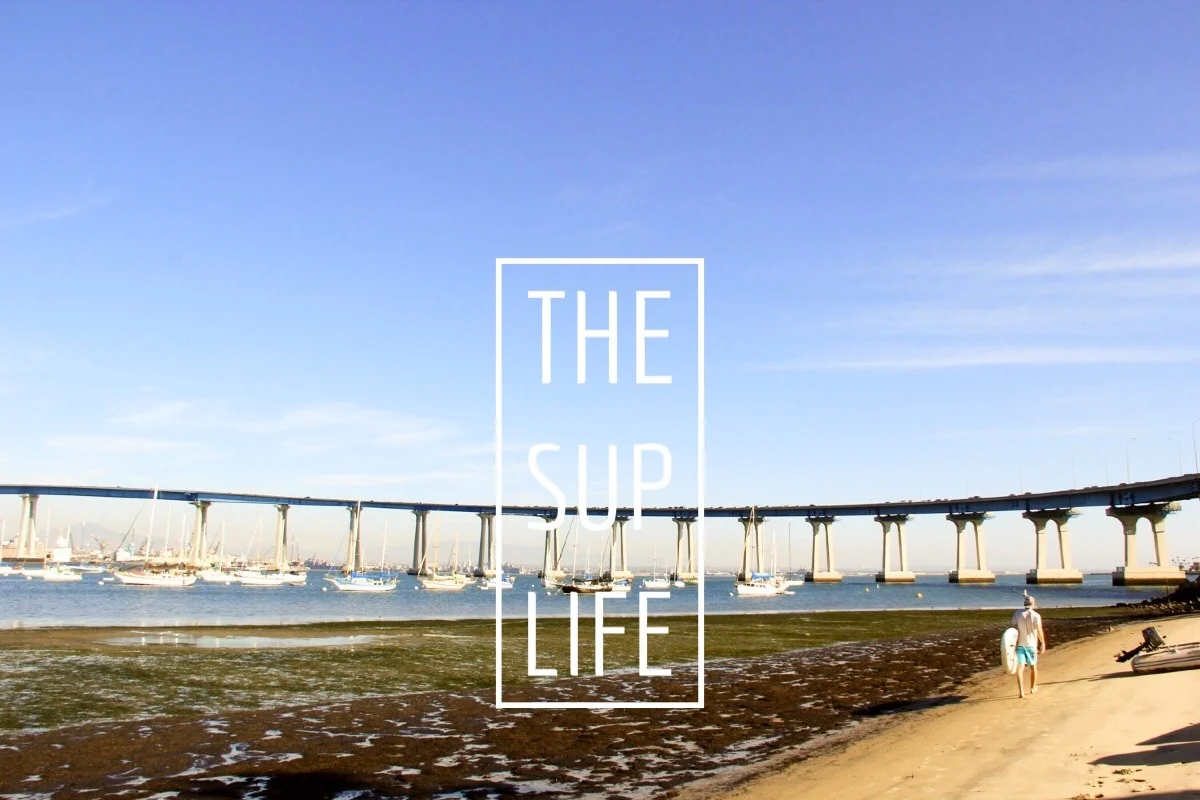SUP Rents Delivers SUPs to Your Doorstep Wherever You Are
Have you ever rented a SUP only to be disappointed with your experience? Heavy, banged up boards; outdated equipment; bad weather, inconvenient rental locations and outrageous rental rates? Or maybe you are going on vacation and already own your gear. You know you’d like to paddle on your trip, but are deterred by the logistics of transporting multiple boards and paddles along with your family of four. Perhaps you are just looking for some flexibility in your travel plans. If this sounds familiar, then SUP Rents has a solution for you.
Founded in the summer of 2015 by Scott Allen and Eric Lindstrom, two lifelong friends, the business was born out of a mutual frustration with the SUP rental business. “We both thought there has got to be a better way to rent a paddleboard,” Allen told me after they each suffered bad rental experiences while on vacation with their families. Although neither of them lives on the water, paddling had become a part of their lives and they set out to make renting a board more convenient and affordable for paddlers across the country. Based out of two locations in the Pacific Northwest, SUP Rents offers customers four models of inflatable SUPs from which to choose, featuring products from Isle and newcomer Hydrus.
With a minimum rental period of two days, they will deliver a base model board to your door anywhere in the continental United States for the flat rate of $99. The same board is available for an entire week for only $189, approximately $27 a day. Everything comes in a box via UPS (inflatable SUP, fin, paddle and pump) along with a prepaid shipping label to return the board at the conclusion of your rental period. Sounds great, right?
As the SUP industry continues to grow and evolve, it is fantastic to learn about the new and innovative ways the paddling community is inventing to enable more and more people to experience stand up paddling. “SUPrents brings the convenience of Netflix to paddle board rentals,” said John Gavin, a customer of the innovative young business....... To read the rest click over to Sup Examiner.



